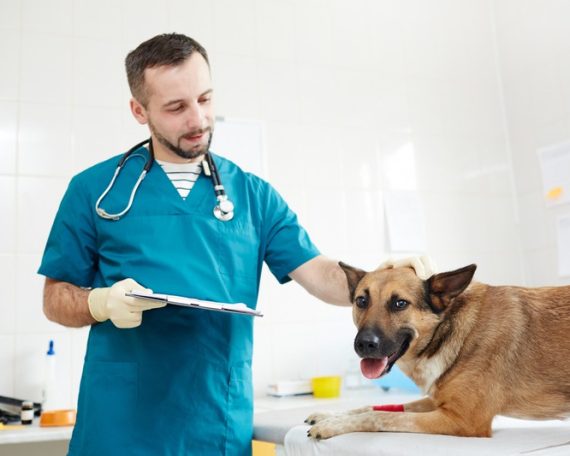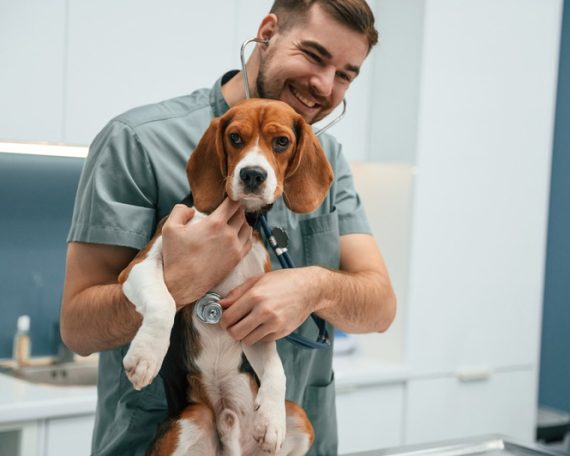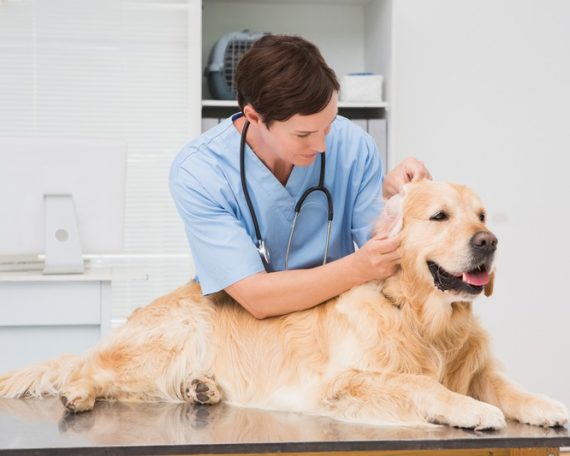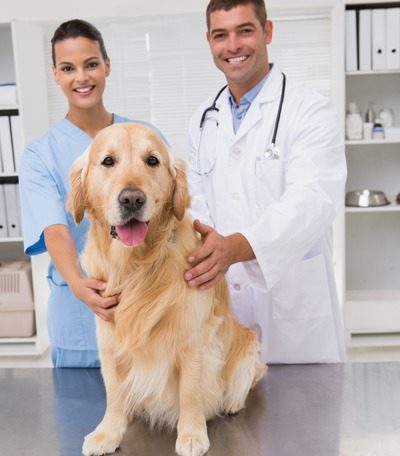How to Choose a Boarding Service for Your Pet?
When you’re planning a trip or an occasion that requires you to be away from home, ensuring your furry friend is in good hands is a top priority. That’s where finding a trustworthy boarding service for your pet comes into play. The thought of leaving your best friend can be daunting, but with the right information and preparation, you can find a boarding facility that both you and your pet will love. How do you sift through the options and pick the best one? Let’s break it down.
When Choosing a Pet Boarding Facility
1. Recognize Your Pet’s Needs
The first step in choosing a boarding service is to understand what your pet needs. Just like humans, every pet has a unique personality and set of requirements. Here are some things to consider:
-
Does your pet have any medical conditions that require special attention?
-
Is your pet friendly, or would they prefer a private space?
-
What is your pet’s routine, including their diet and exercise schedule?
Once you have a clear picture of your pet’s individual needs, it will be easier to narrow down your search for the perfect boarding option.
2. Evaluating the Facility
Before deciding on a boarding service, it’s essential to visit the facility and get a first-hand look at where your pet will be staying. A personal visit will allow you to observe the cleanliness of the space, the behavior of the staff, and the overall environment.
-
Look for clean, well-ventilated, and secure accommodations.
-
Assess the outdoor areas to ensure they are safe and suitable for outdoor play.
-
Notice the staff – are they attentive, and do they seem to care about the animals genuinely?
Getting a feel for the place and the people who run it can go a long way in easing your concerns.
3. Services and Amenities
Each boarding facility has a unique set of services and amenities. Some may offer the basics, while others go above and beyond with luxury options. When you’re touring the facility, ask about:
-
Daily exercise and playtime
-
Feeding schedules and food provided
-
Medical emergency protocols
-
Additional amenities, such as grooming or training services
While considering a boarding service, you should pay attention to your pet’s health, and that includes dental hygiene. A good boarding facility should accommodate any ongoing health routines, including cat dental care. They should be willing to brush your cat’s teeth or give them any dental chews or toys they normally use. Keeping up with dental health while you’re away is just as important as maintaining a regular feeding or exercise routine.
4. Reviews and References
Remember to do some online research and read reviews about the boarding services you’re considering. Personal experiences shared by other pet owners can give you insight into how the business operates and how they treat the animals in their care. Additionally, don’t hesitate to ask the boarding facility for references. Hearing directly from other clients can also provide peace of mind.
5. Staff Qualifications and Experience
The qualifications and experience of the staff at a boarding facility are crucial factors. You want to ensure that the people taking care of your pet are properly trained and knowledgeable. They should be able to recognize signs of stress or illness in pets and be capable of administering medication if required.
6. Communication and Updates
Being away from your pet can be stressful, so it’s essential to choose a boarding service that understands the importance of communication. Inquire if they will provide updates on how your pet is doing through texts, emails, or photos. This can help you relax and enjoy your time away, knowing that your pet is happy and healthy.
Ultimately, reliability is the cornerstone of any good boarding for pets. When selecting a boarding for pets, ensure they can commit to your dates and have measures in place for staffing or emergencies. You want to leave your pet in a place that’s dependable and where you know they will receive consistent care.
7. Pricing and Contracts
The cost of boarding services varies widely, and you’ll want to find a balance between a price that fits your budget and the quality of care your pet will receive. Read the contract carefully to understand the terms and conditions, the fee structure, and what’s included in the price. Be clear about any additional costs that may arise for extra services or care.
8. Plan
Good boarding facilities often book up quickly, especially during holidays or peak vacation times. Start looking for boarding options well in advance of your planned trip to ensure you get a reservation at the facility that best meets your pet’s needs. It will also give you plenty of time to prepare any required paperwork and vaccinations your pet may need.
Preparing Your Pet for Boarding
Before you leave your pet at the boarding facility, make sure you’ve done everything you can to prepare them for the experience. This might include
-
Getting them used to short periods away from you
-
Ensuring they’re updated on all vaccinations
-
Packing their favorite toys, blankets, or items that smell like home
These small steps can make the transition to boarding less stressful for your pet.
In case your pet has a more serious health condition that requires specialized care, consider a boarding facility that offers or is closely linked to veterinary internal medicine in Bedford. With this kind of service, you can rest assured that trained professionals are on hand to monitor and treat any medical issues that could arise, offering an additional layer of security for your beloved companion.
Final Thoughts
Finding the right boarding service for your pet requires a bit of research and planning, but it’s well worth the effort. By focusing on your pet’s needs, visiting potential facilities, and asking the right questions, you can find a safe and comfortable place for your furry friend to stay while you’re away. Remember to book early, communicate with the boarding staff, and prepare your pet for their stay to ensure the best possible experience for everyone involved.











